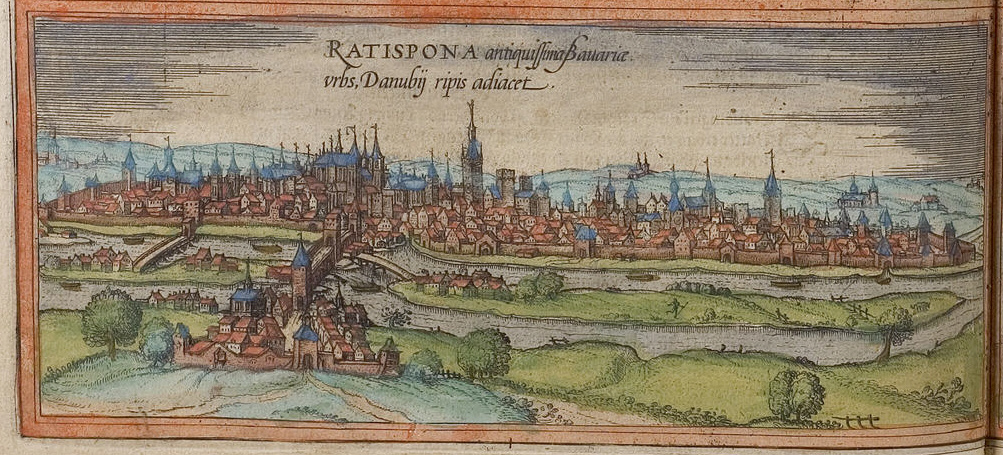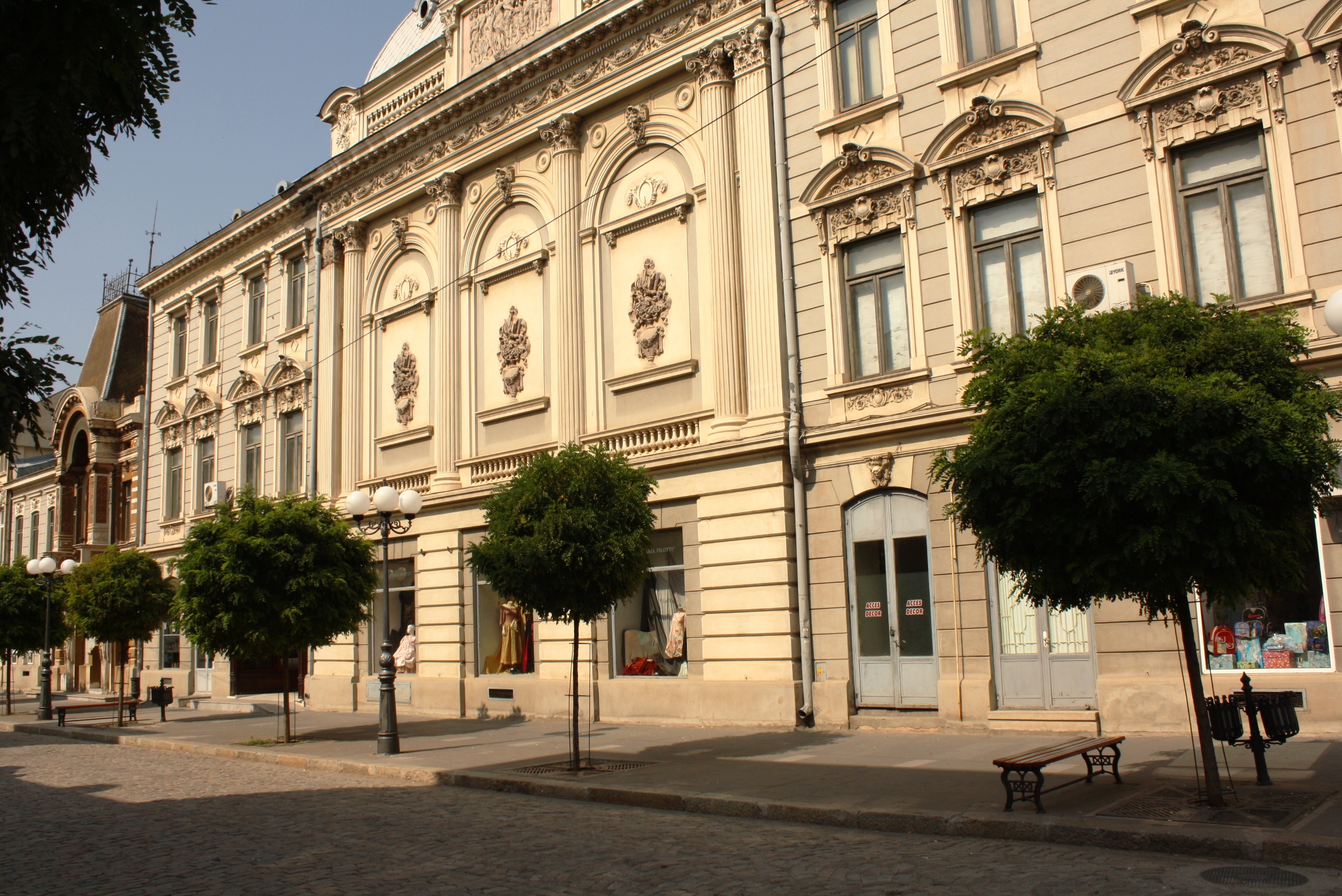|
List Of Cities And Towns On Danube River
This is a list of the largest cities and towns located on Danube river. List {, class="wikitable sortable" style="text-align: center;" , + !Rank !Name of the city/town !Image !Number of inhabitants !Time of establishment !Present country !Notes , - , 1 , Vienna , , 1,911,728 (2020) , ~100 AD , , Capital and largest city in Austria. , - , 2 , Budapest , , 1,752,286 (2017) , 1873 , , Capital and largest city in Hungary. , - , 3 , Belgrade , , 1,166,763 (2011) , 279 BC , , Capital and largest city in Serbia. , - , 4 , Bratislava , , 475,503 (2021) , 907 AD , , Capital and largest city in Slovakia. , - , 5 , Novi Sad , , 277,522 (2011) , 1748 , , Capital and largest city of the autonomous province of Vojvodina and second largest city in Serbia. , - , 6 , Galați , , 249,432 (2011) , 1445 , , The largerst Danubian city in Romania and seat of Galați county. , - , 7 , Linz , , 204,846 (01.01.2018) , ~150 AD , , Capital city of Upper Austria and second largest Da ... [...More Info...] [...Related Items...] OR: [Wikipedia] [Google] [Baidu] |
Galați County
Galați () is a county (județ) of Romania, in Moldavia region, with the capital city at Galați. History Historically Galați is part of Moldavia. In 1858, it was represented by Alexandru Ioan Cuza at the '' ad hoc Divan'' at Iași, in the wake of the Crimean War. Prior to 1938 what is now eastern Galați was the separate Covurlui County (Județul Covurlui). From 1938 to 1945 Galați was part of Ținutul Dunării (Megacounty Dunării). 2010 Romanian floods During July 2010, the River Siret threatened to break through the dykes protecting the town of Șendreni, as locals and emergency services reinforced the dykes with sandbags trucks full of earth to prevent the river breaking out and flooding the town. Demographics In 2011, it had a population of 536,167 and the population density was 120/km2. * Romanians – over 98% * Russians, Ukrainians, and Romani – 2% Geography This county has a total area of 4,466 km2. The county lies on a low plain, between th ... [...More Info...] [...Related Items...] OR: [Wikipedia] [Google] [Baidu] |
Ulm - Sicht Aus Dem Flieger Auf Donau, Münster Mit Zentrum
Ulm () is a city in the German state of Baden-Württemberg, situated on the river Danube on the border with Bavaria. The city, which has an estimated population of more than 126,000 (2018), forms an urban district of its own (german: link=no, Stadtkreis) and is the administrative seat of the Alb-Donau district. Founded around 850, Ulm is rich in history and traditions as a former free imperial city (german: link=no, freie Reichsstadt). The neighbouring town of Neu-Ulm in Bavaria was part of Ulm until 1810. Today, Ulm is an economic centre due to its varied industries, and it is the seat of the University of Ulm. Internationally, the city is primarily known for having the church with the tallest steeple in the world (), the Gothic minster (Ulm Minster, German: Ulmer Münster), and as the birthplace of Albert Einstein. Geography Ulm lies at the point where the rivers Blau and Iller join the Danube, at an altitude of above sea level. Most parts of the city, including the o ... [...More Info...] [...Related Items...] OR: [Wikipedia] [Google] [Baidu] |
Ingolstadt
Ingolstadt (, Austro-Bavarian language, Austro-Bavarian: ) is an Independent city#Germany, independent city on the Danube in Upper Bavaria with 139,553 inhabitants (as of June 30, 2022). Around half a million people live in the metropolitan area. Ingolstadt is the second largest city in Upper Bavaria after Munich and the fifth largest city in Bavaria after Munich, Nuremberg , Augsburg and Regensburg. The city passed the mark of 100,000 inhabitants in 1989 and has since been one of the major cities in Germany. After Regensburg, Ingolstadt is the second largest German city on the Danube. The city was first mentioned in 806. In the late Middle Ages, the city was one of the capitals of the Bavarian duchies alongside Munich, Landshut and Straubing, which is reflected in the architecture. On March 13, 1472, Ingolstadt became the seat of the first University of Ingolstadt, university in Bavaria, which later distinguished itself as the center of the Counter-Reformation. The freethinking ... [...More Info...] [...Related Items...] OR: [Wikipedia] [Google] [Baidu] |
Ruse Province
Ruse Province ( bg, Област Русе, translit=Oblast Ruse), or Rusenska Oblast ( bg, Русенска област, former name Ruse okrug) is a province in northern Bulgaria, named after its main city, Ruse, neighbouring Romania via the Danube. It is divided into 8 municipalities with a total population, as of February 2011, of 235,252 inhabitants. The Danube Bridge, one of only two bridges opened over the Danube, is located in the province. One of the versions of a folk song, inspired by the Ruse blood wedding, can be heard in the province. Municipalities The Ruse province (, ''oblast'') contains eight municipalities (, ''obshtina''; plural , ''obshtini''). The following table shows the names of each municipality in English and Cyrillic, the main town (in bold) or village, and the population of each as of December 2009. Population The Ruse province had a population of 266,213 (266,157 also given) according to a 2001 census, of which were male and were femal ... [...More Info...] [...Related Items...] OR: [Wikipedia] [Google] [Baidu] |
Ruse, Bulgaria
Ruse (also transliterated as Rousse, Russe; bg, Русе ) is the fifth largest city in Bulgaria. Ruse is in the northeastern part of the country, on the right bank of the Danube, opposite the Romanian city of Giurgiu, approximately south of Bucharest, Romania's capital, from the Bulgarian Black Sea Coast and from the capital Sofia. Thanks to its location and its railway and road bridge over the Danube ( Danube Bridge), it is the most significant Bulgarian river port, serving an important part of the international trade of the country. Ruse is known for its 19th- and 20th-century Neo-Baroque and Neo-Rococo architecture, which attracts many tourists. It is often called the Little Vienna. The Ruse-Giurgiu Friendship Bridge, until 14 June 2013 the only one in the shared Bulgarian-Romanian section of the Danube, crosses the river here. Ruse is the birthplace of the Nobel laureate in Literature Elias Canetti and the writer Michael Arlen. Ruse is on the right bank of the r ... [...More Info...] [...Related Items...] OR: [Wikipedia] [Google] [Baidu] |
Regensburg Königswiesen - Panoramio
Regensburg or is a city in eastern Bavaria, at the confluence of the Danube, Naab and Regen rivers. It is capital of the Upper Palatinate subregion of the state in the south of Germany. With more than 150,000 inhabitants, Regensburg is the fourth-largest city in the State of Bavaria after Munich, Nuremberg and Augsburg. From its foundation as an imperial Roman river fort, the city has been the political, economic and cultural centre of the surrounding region; it is still known in the Romance languages by a cognate of its Latin name of "Ratisbona" (the version "Ratisbon" was long current in English). Later, under the rule of the Holy Roman Empire, it housed the Perpetual Diet of Regensburg. The medieval centre of the city was made a UNESCO World Heritage Site in 2006 because of its well-preserved architecture and the city's historical importance for assemblies during the Holy Roman Empire. In 2014, Regensburg was among the top sights and travel attractions in Germany. Histor ... [...More Info...] [...Related Items...] OR: [Wikipedia] [Google] [Baidu] |
Regensburg
Regensburg or is a city in eastern Bavaria, at the confluence of the Danube, Naab and Regen rivers. It is capital of the Upper Palatinate subregion of the state in the south of Germany. With more than 150,000 inhabitants, Regensburg is the fourth-largest city in the State of Bavaria after Munich, Nuremberg and Augsburg. From its foundation as an imperial Roman river fort, the city has been the political, economic and cultural centre of the surrounding region; it is still known in the Romance languages by a cognate of its Latin name of "Ratisbona" (the version "Ratisbon" was long current in English). Later, under the rule of the Holy Roman Empire, it housed the Perpetual Diet of Regensburg. The medieval centre of the city was made a UNESCO World Heritage Site in 2006 because of its well-preserved architecture and the city's historical importance for assemblies during the Holy Roman Empire. In 2014, Regensburg was among the top sights and travel attractions in German ... [...More Info...] [...Related Items...] OR: [Wikipedia] [Google] [Baidu] |
Brăila
Brăila (, also , ) is a city in Muntenia, eastern Romania, a port on the Danube and the capital of Brăila County. The ''Sud-Est'' Regional Development Agency is located in Brăila. According to the 2011 Romanian census there were 180,302 people living within the city of Brăila, making it the 11th most populous city in Romania. The current mayor of Brăila is . History Origins Before 14th century, a small village existed in the place of today's Brăila, probably inhabited by fishermen and small merchants.Rădvan, p.248 The village fell to the Mongols during the 1241 Mongol invasion of Europe and it was under direct control of the rulers of Argeș in mid-14th century. A settlement called ''Drinago'' was found in several 14th century Catalan and Castillian portolan charts (Angelino de Dalorto, 1325/1330 and Angelino Dulcert, 1339), as well as in the ''Book of Knowledge of All Kingdoms''. This may have been an erroneous transcription of ''Brillago'', a name which was ... [...More Info...] [...Related Items...] OR: [Wikipedia] [Google] [Baidu] |





